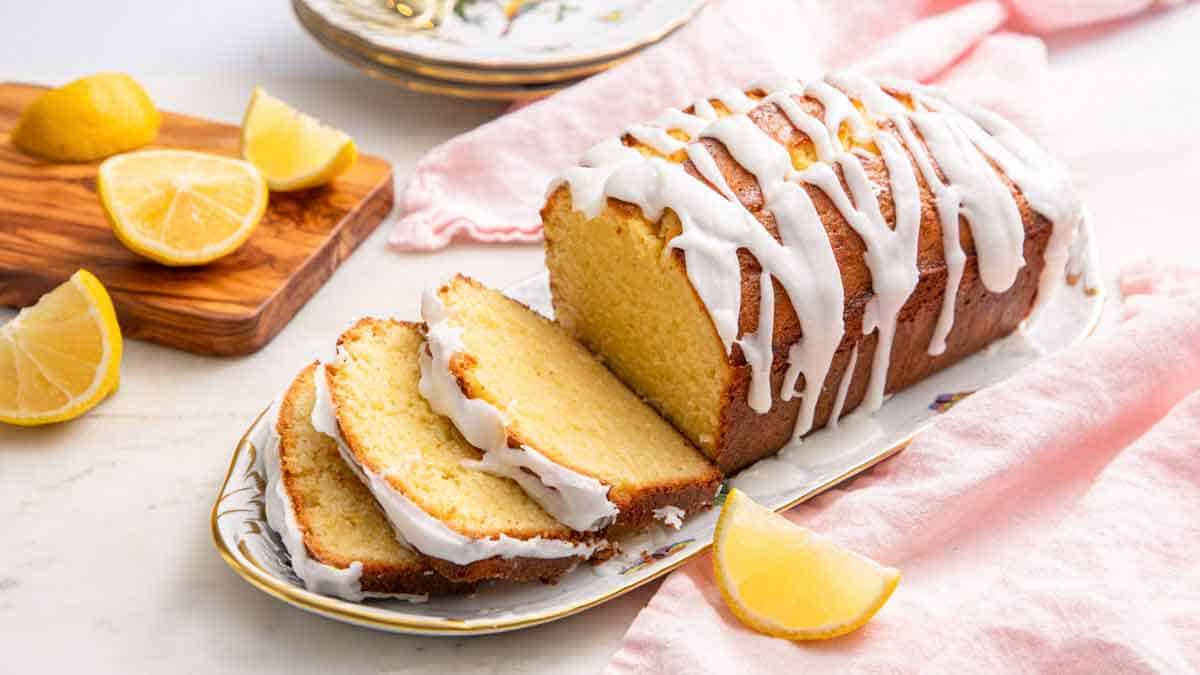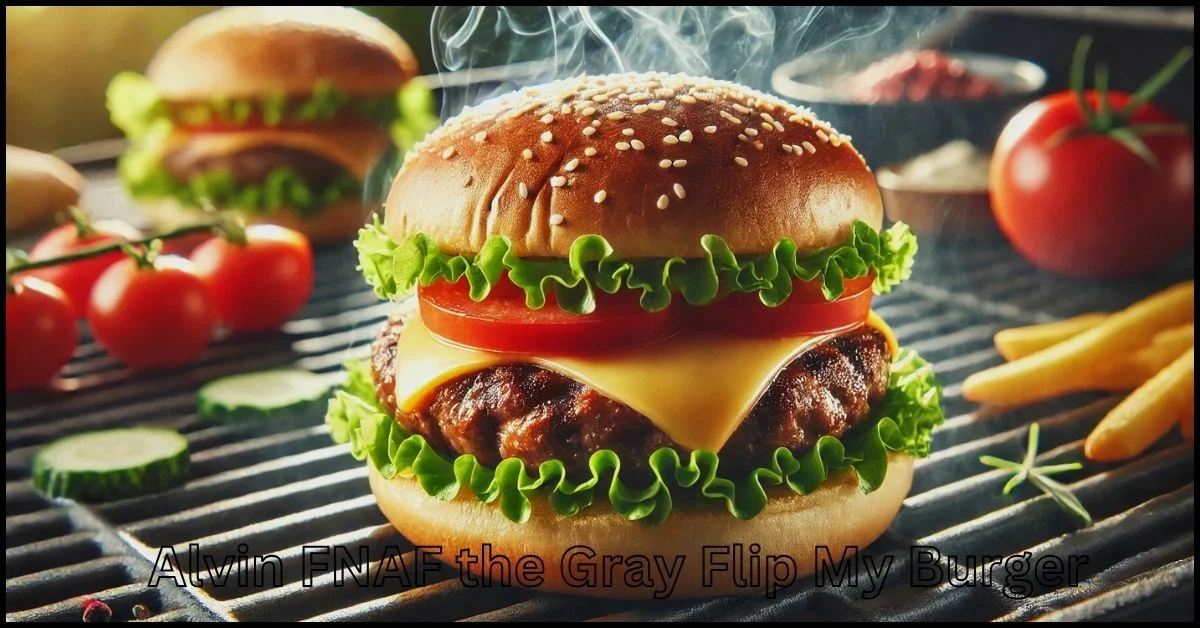Bath time is more than just a daily routine—it can be a luxurious self-care ritual that revitalizes the mind, body, and spirit. One simple yet effective way to enhance this experience is with homemade bath crystals. These delightful DIY creations allow you to customize scents, textures, and therapeutic benefits, making them a perfect gift or addition to your self-care routine.
Why Choose Homemade Bath Crystals?
Store-bought bath products often contain synthetic chemicals and additives that may irritate sensitive skin. Homemade bath crystals, on the other hand, are natural, customizable, and cost-effective. Plus, creating them at home is a fun, creative process that lets you experiment with various ingredients.
Essential Ingredients
To make your bath crystals, you’ll need the following:
- Epsom Salt: Known for its muscle-relaxing properties, Epsom salt is a key ingredient in bath crystals.
- Sea Salt: Adds a mineral-rich component to the mix, promoting skin hydration.
- Baking Soda: Softens water and soothes the skin.
- Essential Oils: Provide aromatherapeutic benefits. Choose oils like lavender for relaxation, eucalyptus for invigoration, or chamomile for stress relief.
- Colorants (Optional): Use natural options like mica powder for a subtle shimmer.
- Dried Herbs or Flowers (Optional): Rose petals, lavender buds, or chamomile flowers add a touch of elegance and enhance the scent.
How to Make Homemade Bath Crystals
Step 1: Mix the Base Ingredients
In a large bowl, combine 2 cups of Epsom salt, 1 cup of sea salt, and ½ cup of baking soda. Stir thoroughly to ensure the ingredients are evenly distributed.
Step 2: Add Scent and Color
Add 10–15 drops of your favorite essential oil(s) to the salt mixture. If using colorants, sprinkle in a small amount and mix until the color is uniform. Be cautious not to use too much to avoid staining your tub.
Step 3: Incorporate Extras
For added luxury, mix in dried flowers or herbs. These will float in the bath, creating a spa-like atmosphere.
Step 4: Store Your Bath Crystals
Transfer the finished product into an airtight glass jar or container. Label it with the scent and date for easy identification. Properly stored bath crystals can last up to 6 months.
Benefits of Homemade Bath Crystals
- Relaxation: Epsom salt and essential oils like lavender help relieve stress and tension.
- Detoxification: Sea salt aids in drawing out toxins from the body.
- Skin Nourishment: Baking soda softens and soothes skin, leaving it feeling refreshed.
- Customization: Tailor the scent, color, and texture to suit your preferences or the occasion.
Creative Variations
- Energizing Citrus Blend: Combine orange and grapefruit essential oils with a touch of lemon zest.
- Romantic Rose Infusion: Add rose essential oil, pink mica powder, and dried rose petals.
- Soothing Lavender Dream: Use lavender essential oil and buds for a calming effect.
Tips for Use
- Add ½–1 cup of bath crystals to warm bathwater. Stir gently to dissolve.
- For a mess-free experience, place crystals with dried flowers in a muslin bag before adding them to the bath.
Final Thoughts
Homemade bath crystals are a simple yet effective way to elevate your bath time. With endless customization options, you can craft a product that meets your unique needs while saving money and avoiding harsh chemicals. Whether you’re looking for a stress-relieving soak or a thoughtful DIY gift, bath crystals are a delightful choice.
FAQs
1. What are bath crystals?
Bath crystals are a blend of salts, baking soda, essential oils, and sometimes colorants or dried herbs. They dissolve in warm water to enhance bath time with soothing scents and therapeutic properties.
2. What are the benefits of using bath crystals?
Bath crystals can help relax muscles, detoxify the skin, relieve stress, and nourish your body. Ingredients like Epsom salt reduce soreness, while essential oils provide aromatherapeutic benefits.
3. Can I make bath crystals at home?
Absolutely! Making bath crystals at home is easy, cost-effective, and customizable. You only need basic ingredients like Epsom salt, sea salt, baking soda, and essential oils.
4. Are homemade bath crystals safe for sensitive skin?
Yes, if you use natural and skin-safe ingredients. Choose essential oils and colorants labeled for sensitive skin, and avoid synthetic fragrances or harsh additives.
5. How do I use bath crystals?
Add ½–1 cup of bath crystals to warm running water. Stir the water to dissolve them fully, then soak for 15–30 minutes.
6. How long do homemade bath crystals last?
When stored in an airtight container in a cool, dry place, homemade bath crystals can last up to 6 months. Ensure the essential oils don’t lose their potency over time.
7. Can I use food coloring for bath crystals?
While you can use food coloring, it may stain your tub or skin if used excessively. Natural mica powders or skin-safe colorants are better options.
8. Are dried herbs or flowers necessary?
No, but they add a touch of luxury and can enhance the bath experience. Use herbs like lavender, chamomile, or rose petals for additional benefits.
9. Can I gift homemade bath crystals?
Yes! Homemade bath crystals make thoughtful and beautiful gifts. Package them in decorative jars, add a label with usage instructions, and tie a ribbon for a finishing touch.
10. Can I make bath crystals without essential oils?
Yes. While essential oils add scent and therapeutic benefits, you can skip them for a completely unscented product or use natural alternatives like dried citrus zest.
11. What essential oils work best for bath crystals?
- Relaxation: Lavender, chamomile, or sandalwood
- Energizing: Orange, grapefruit, or peppermint
- Skin care: Tea tree, rose, or geranium
12. Can I use bath crystals in a foot soak?
Yes! Bath crystals work wonderfully for foot soaks. Use 2–3 tablespoons in a basin of warm water for a refreshing and softening treat for your feet.
13. Are bath crystals safe for kids?
Bath crystals can be safe for kids if made with gentle, kid-friendly ingredients. Avoid strong essential oils and ensure the mixture is mild and free of allergens.
14. What can I do if the bath crystals clump together?
Clumping can happen if the crystals absorb moisture. To prevent this, store them in an airtight container and add a small silica packet to keep them dry.
15. Are bath crystals the same as bath bombs?
No, but they serve similar purposes. Bath crystals are loose salts that dissolve in water, while bath bombs are compacted products that fizz when added to a bath.
16. Can I sell homemade bath crystals?
Yes, but ensure your products comply with local regulations for cosmetics. Clearly label ingredients, include a safety disclaimer, and use high-quality packaging.
17. What’s the best container for storing bath crystals?
Airtight glass jars are ideal for storing bath crystals. They keep the product dry, preserve the scent, and make the presentation more attractive.
18. Are bath crystals environmentally friendly?
When made with natural ingredients, bath crystals are eco-friendly. Avoid synthetic additives to ensure your product is gentle on the environment.
19. Can I mix multiple scents in one batch?
Yes, you can create unique scent blends by combining complementary essential oils. Popular combinations include lavender and chamomile or orange and peppermint.
20. Do bath crystals stain bathtubs?
If you use minimal, skin-safe colorants like mica powders, staining is unlikely. Avoid using large amounts of food coloring or non-bath-safe dyes.











